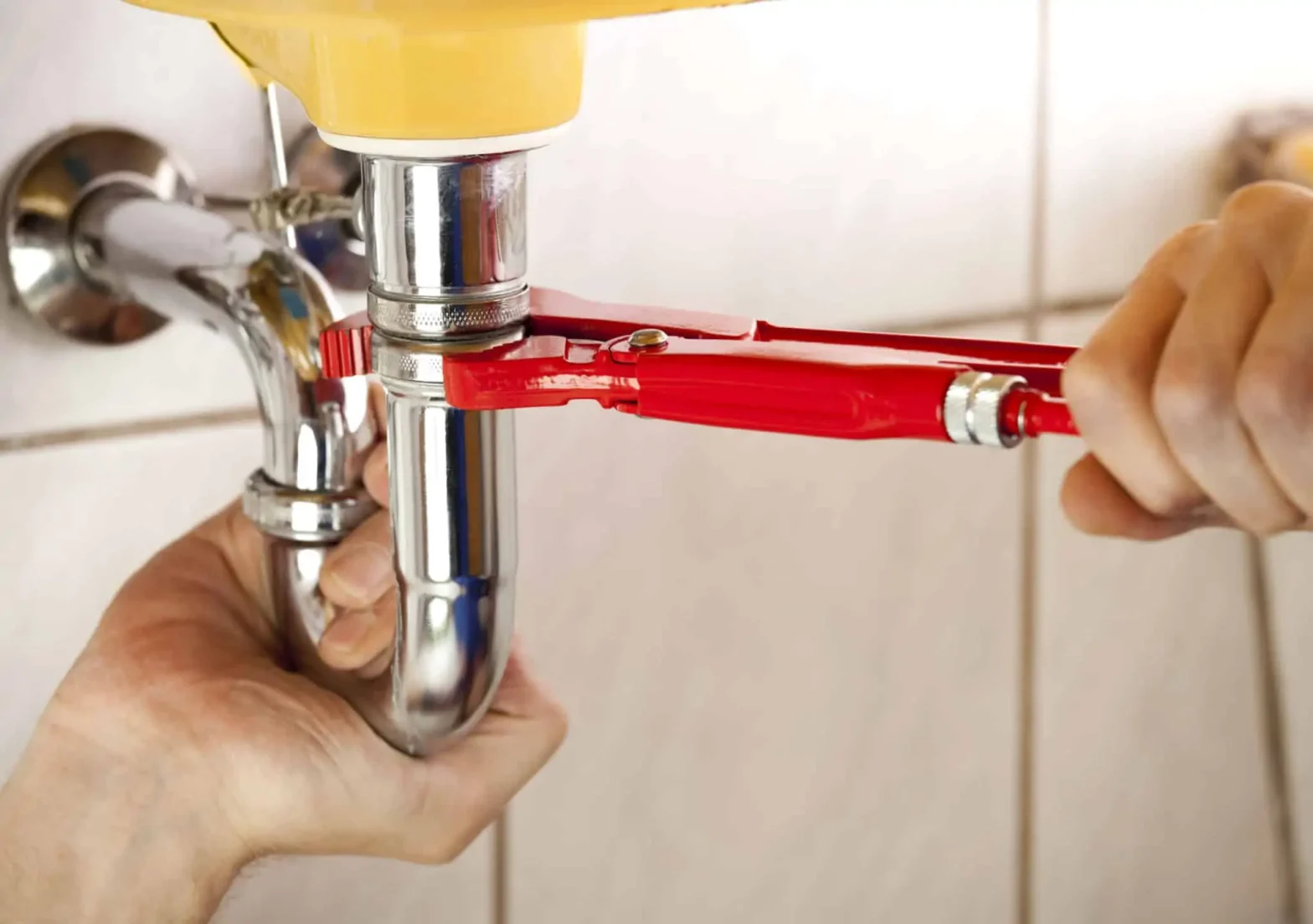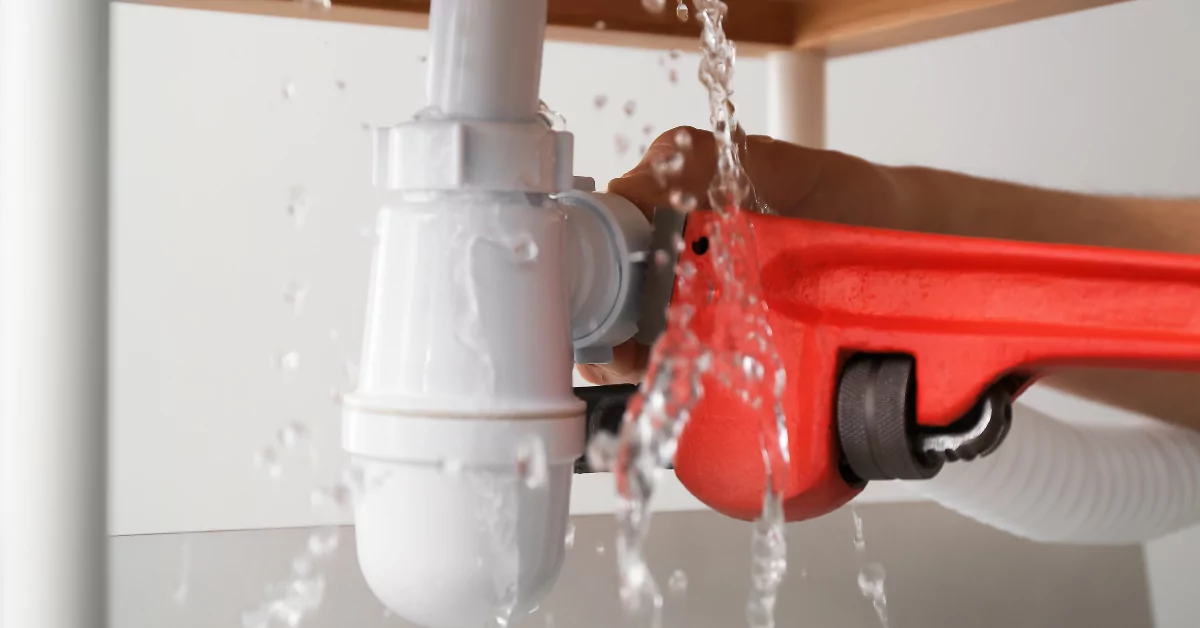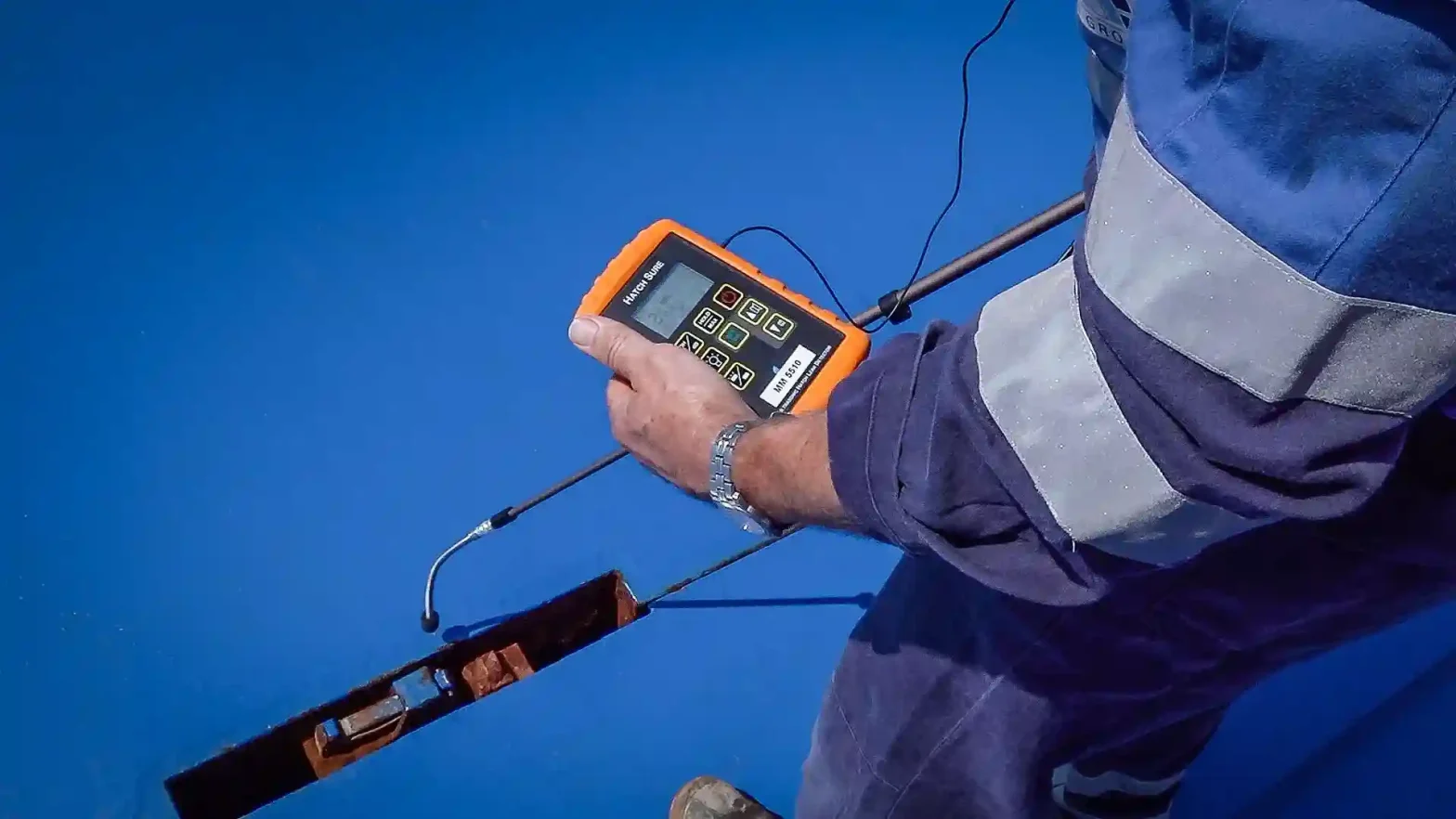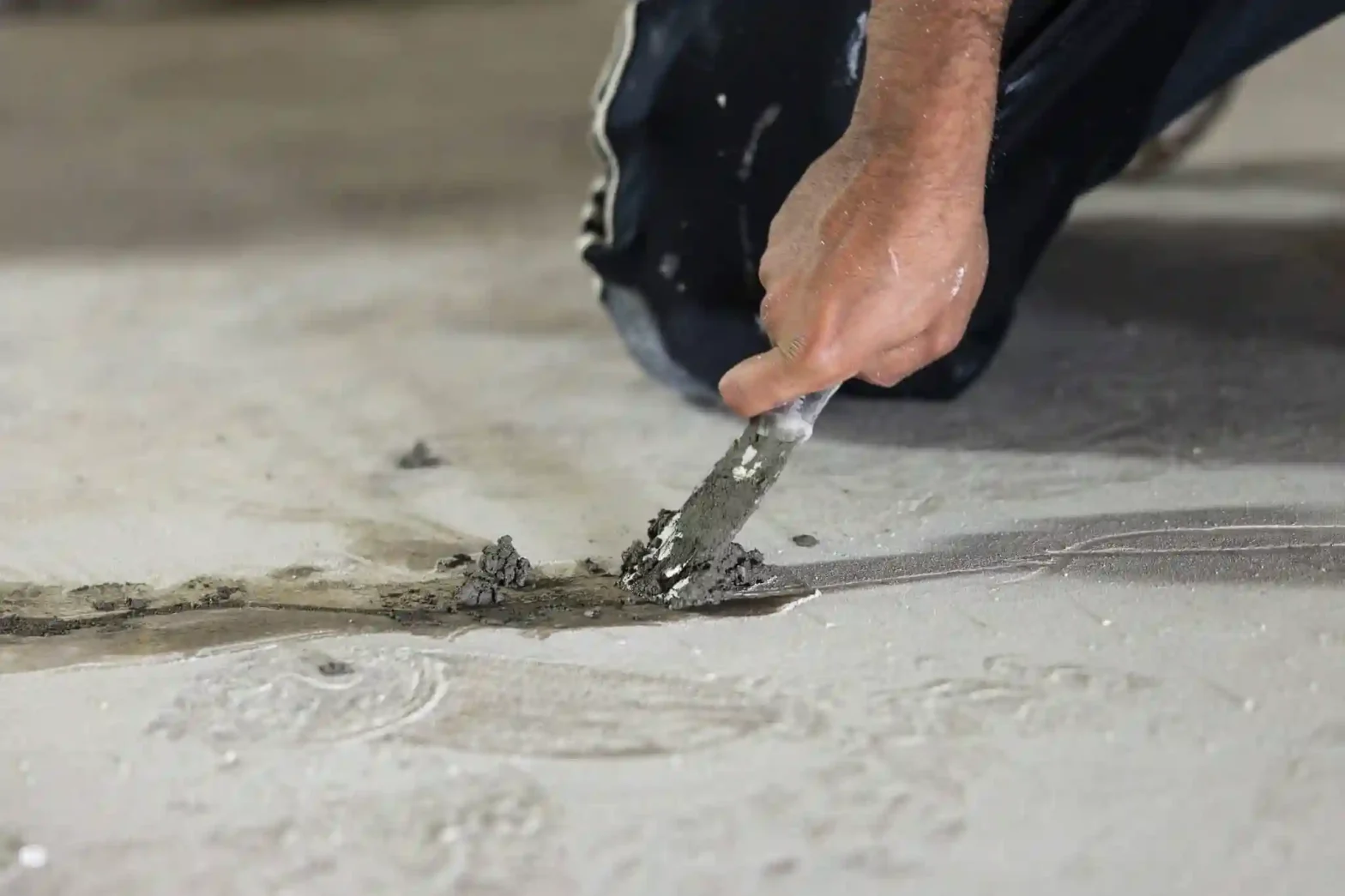How Temperature Affects Leak Risk in Plumbing | Freezing, Expansion & Insulation
Temperature is an invisible culprit that can make your plumbing system run smoothly or turn it into a huge, costly repair project. Water expands when frozen, and ice exerts pressure on the inside of pipes. Heat also causes metal to expand and then contract, eventually loosening joints.
Understanding the effects of both cold snaps and day-to-day temperature changes on your pipes, and adding a little insulation can help you prevent leaks. In this article, we’ll dive into why frozen pipes burst, how expansion and contraction stress fittings work, and which easy upgrades give your plumbing a fighting chance year-round.
Freezing Pipes: Why Cold Snaps Lead to Bursts
Water is a unique fluid: it expands when it freezes. When ice builds up in a pipe with no room to grow, pressure increases between the frozen blockage and the faucet or fixture downstream. When that pressure exceeds the pipe’s rated burst strength, the wall splits. Copper and PVC pipes often crack lengthwise. Steel pipes often have weak spots at threaded joints where breaks start.
Outdoor faucets, crawl-space lines, and pipes inside exterior walls are at the highest risk since they’re nearest to freezing air. But even homes in warmer climates can experience frozen pipes during an unusual cold snap, especially if a builder skipped pipe insulation in a mild winter climate. The most obvious sign of frozen pipes is a trickle or no water when you open a tap. This means water is already frozen somewhere upstream. Shutting the main valve and thawing that section as quickly as possible can prevent a full burst and subsequent flood.
Pipe Expansion and Contraction: The Hidden Summer Threat
Cold is the obvious villain, but heat can cause its own leak hazards. Metal and plastic pipes expand when they’re hot and contract when they’re cool. That daily expansion and contraction cycle can loosen threaded connections and stress solder joints. It also gradually widens microscopic manufacturing defects. Hot-water lines experience the most movement since they warm from room temperature to 120°F or higher each time a water heater cycles on. Those temperature swings can turn a once-tight copper joint into a pinhole leak that sprays inside a wall cavity over time.
PEX and CPVC pipes are more flexible and better handle expansion than rigid copper or steel. But they still need some slack room to grow. When an installer straps plastic pipe too tightly to framing, it can’t slide back and forth as needed. The pipe bows outward, stressing the wall of the pipe and creating failure points. In an attic or crawl space, direct sunlight and high summer temperatures accelerate the expansion and contraction cycle, speeding up the damage.
High static water pressure on municipal supply lines ups the leak risk. If your normal household water pressure often exceeds 80 psi, even a small amount of expansion can push plumbing joints beyond their elastic limit. A pressure-reducing valve (PRV) installed on your water line protects fittings from that constant strain, extending the life of your pipes and plumbing fixtures.
Preventive Insulation Tips That Keep Pipes Safe
Insulation is the easiest and most cost-effective way to protect pipes against both freezing and harmful expansion. You don’t need a full remodel project to start protecting vulnerable sections. A couple of rolls of pre-slit foam and a few strategic locations will do the trick.
Target the Trouble Spots First: Start with any pipes running through unheated spaces: garages, attics, crawl spaces, exterior walls, and underneath sinks on outside walls. These lines experience the most extreme temperature changes, so insulating them first has the biggest benefit.
Choose the Right Material: Closed-cell foam sleeves are easy to slip onto most copper or PEX lines and come in standard sizes. Fiberglass pipe wrap with a plastic vapor barrier is better for extremely confined spaces since it can mold around elbows and valves. In outdoor applications like exposed irrigation lines, use thicker rubber or polyethylene sleeves rated for ultraviolet (UV) resistance so sunlight doesn’t degrade the material over time.
Seal Every Seam: Insulation only protects when warm indoor air can’t reach the pipe, and cold outdoor drafts can’t reach the pipe. Seal sleeve joints with matching foam tape or cable ties. Fill gaps around framing holes where pipes pass through with low-expansion spray foam. The goal is to create an unbroken barrier that stops both cold air infiltration in winter and heat gain in summer.
Don’t Forget the Hot-Water Lines: A common mistake is only insulating cold-water pipes. But if you insulate hot-water lines as well, you also cut down on standby heat loss, reduce wait time for hot water, and eliminate part of the expansion and contraction cycle that loosens joints. Your water heater runs less often, saving energy costs.
Add Heat Where Necessary: In regions with long freezes, consider adding heat tape in addition to insulation. Self-regulating heat tape with a built-in thermostat measures pipe temperature and only warms when necessary, preventing ice buildup and using less electricity. Always follow the manufacturer’s instructions and wrap heat tape with insulation to keep the warmth against the pipe.
Extra Safeguards for Long-Term Protection
Insulation is critical, but a few other steps can make an even more complete defense against temperature-induced leaks:
- Install a Pressure-Reducing Valve (PRV): Keep household water pressure between 50 psi and 70 psi. This relieves stress on plumbing fittings during temperature changes.
- Use Expansion Tanks on Closed Systems: Water heaters heat stored water, which increases in volume. An expansion tank takes up that extra space, preventing pressure increases that fatigue plumbing joints.
- Add Smart Leak Sensors: Battery-operated or Wi-Fi-connected sensors placed near high-risk areas send alerts to your smartphone at the first sign of moisture so you can turn off water before a minor drip becomes a major flood.
- Schedule Annual Inspections: A certified plumber can test static pressure, inspect insulation coverage, and spot early-stage corrosion or pinholes you might not notice.
Keep Temperature from Taking a Toll
Temperature may be an invisible force, but its impact on plumbing is anything but. Cold water expands when it freezes, turning water into a destructive agent that rips pipes open. Heat silently loosens joints by subjecting them to constant expansion and contraction. Insulating at-risk lines, controlling water pressure, and adding smart leak detection devices combine into a three-pronged approach that dramatically reduces leak risk year-round.
If you spot a trickle, hear strange pipe noises, or just want an expert eye on your system, Calis Choice is ready to help. Our licensed plumbers insulate vulnerable runs, balance pressure, and tackle leaks before they spread. Call Calis Choice today and keep your plumbing safe, no matter what the thermometer says.








